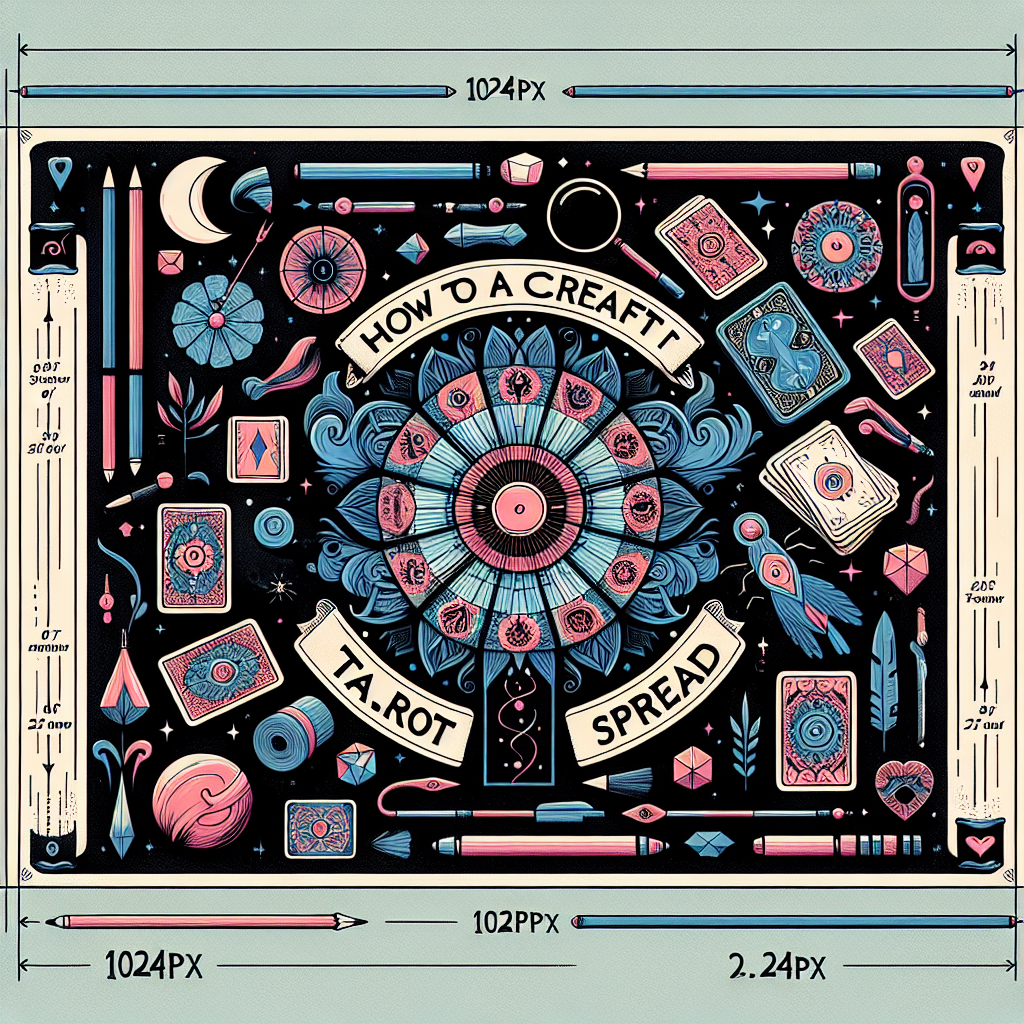
How to Create Your Own Tarot Spread.
Imagine unraveling the mysteries of the future, deepening self-awareness, or simply finding a new hobby that combines intuition and symbolism. Tarot is an ancient tool that has fascinated and guided individuals on their personal journeys through the centuries. Creating your own Tarot spread is a way to personalize this experience, making it even more meaningful and tailored to your questions and needs.First and foremost, it's important to understand what a Tarot spread is. A 'spread' refers to the pattern or layout in which the cards are placed after being shuffled and cut. Each position in the spread represents a different aspect of the question or situation being explored. To create your own, start by defining a specific theme or question. It could be something general like 'What do I need to know today?' or more specific, like 'How can I improve my professional life?'. Clarity in intention is crucial for an effective spread.
Next, decide how many cards you want to use. Spreads can range from a single card to complex layouts with multiple cards. For beginners, a three-card spread representing past, present, and future can be a good starting point. As you gain confidence, you can experiment with more cards and positions that represent different aspects, such as challenges, external influences, hopes, and fears.
Creativity is welcome in creating your spread. You can draw a scheme on paper to plan out the card positions and what each represents. Some like to include positions that represent advice, possible outcomes, or what to avoid. Others prefer to create thematic spreads, such as love, career, or spiritual development. Remember that each position should have a clear purpose so that the reading is intuitive and informative.
When placing the cards in the spread, do so with intention. Focus on your question or theme while you shuffle the deck, cut it, and lay out the cards. Interpreting the cards requires practice and patience. Each Tarot card has its own meaning, which can vary slightly depending on its position in the spread and the surrounding cards. Study the traditional meanings, but also trust your intuition to interpret the messages.
Finally, practice regularly. The more you practice creating and interpreting Tarot spreads, the more natural the process will become. Keep a Tarot journal to record your readings and reflections. This will not only help you track your progress but also allow you to see patterns and gain deeper insights over time. Creating your own Tarot spread is a personal journey of discovery and, like any skill, improves with time and dedication.
Try it